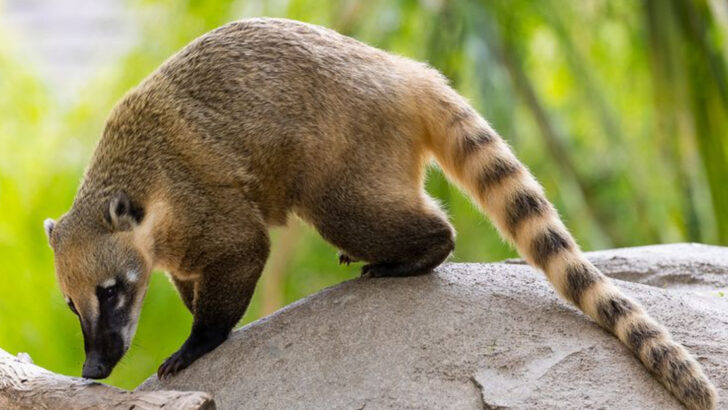The American Southwest isn’t just a desert—it’s a battleground of survival, where creatures have evolved into some of the most bizarre, beautiful, and downright tough beings on Earth.
From venomous lizards to giant-eyed owls, the animals here don’t just live in the heat—they own it. They’ve adapted to scorching sun, sudden flash floods, and landscapes that look like they belong on another planet.
Some blend into the sand, vanishing before your eyes. Others flash brilliant colors or eerie patterns as a warning: “Stay back, or regret it.”
Ready to meet the wildest residents of the Southwest? These 20 creatures are anything but ordinary.
Greater Roadrunner
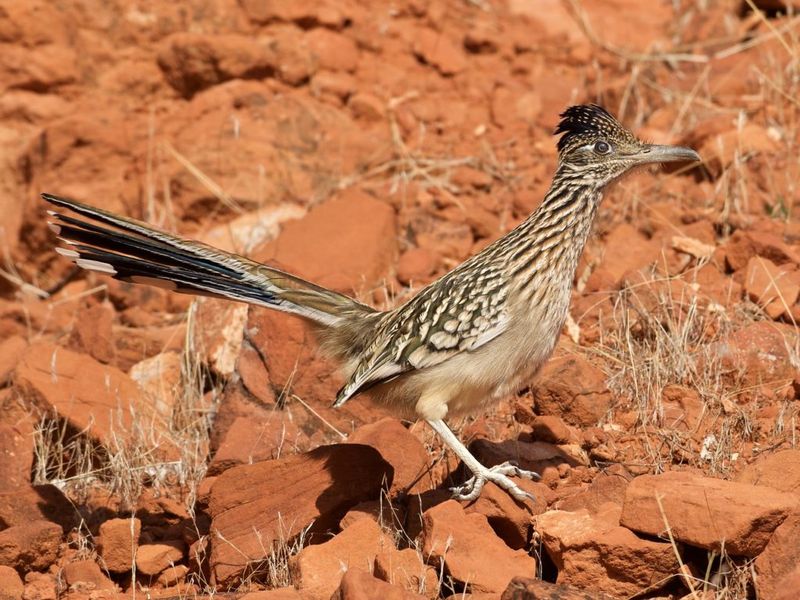
The greater roadrunner, famed for its agility and speed, thrives in the open deserts and scrublands of the Southwest. This bird, part of the cuckoo family, can reach speeds of up to 20 mph on the ground. Its diet includes insects, small reptiles, and even other birds.
With its distinctive long tail and crest, the roadrunner is not only a skilled hunter but also a cultural icon in the region. Often observed darting across roads, it symbolizes the adaptability and resilience of wildlife in arid environments. Encountering this charismatic bird is truly a delight.
Desert Tortoise
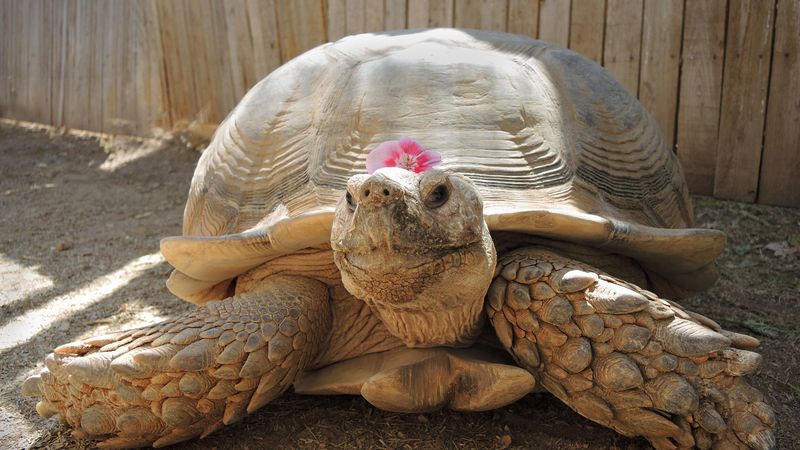
The desert tortoise, a master of survival, is native to the arid regions of the American Southwest. This creature spends much of its life in burrows, escaping the harsh desert heat. Known for its longevity, some tortoises live for over 80 years.
Their diet consists mainly of grasses and wildflowers, which they graze on during cooler times of the day. The tortoise’s domed shell provides excellent camouflage against predators. Observing a desert tortoise is like stepping back in time, witnessing a species perfectly adapted to its challenging environment.
Gila Monster
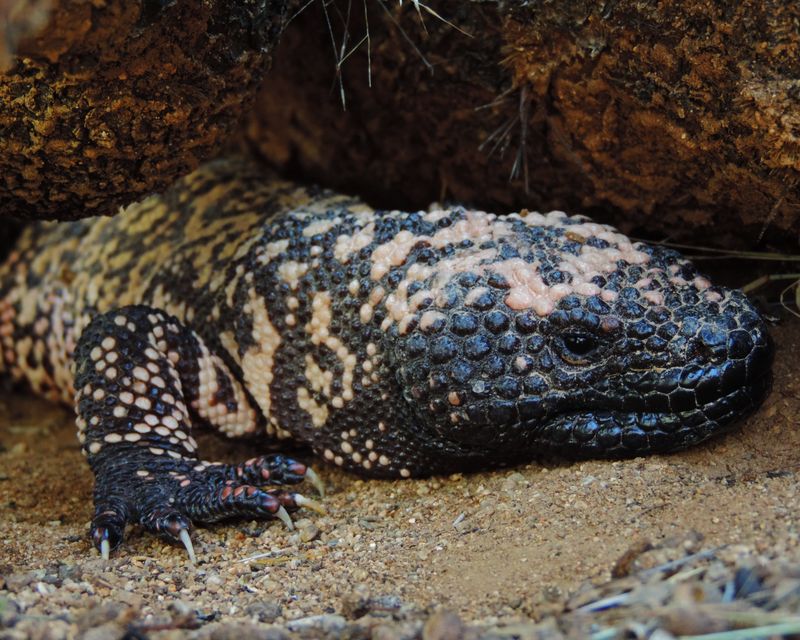
The Gila monster, one of the few venomous lizards in the world, is both fascinating and fearsome. With its vibrant orange and black patterns, it is easily recognizable. This slow-moving reptile spends a lot of time hidden in burrows.
Despite its venomous bite, the Gila monster is not aggressive and poses little threat to humans when left undisturbed. Its diet mainly consists of eggs and small mammals. Spotting a Gila monster is a rare treat, providing a glimpse into the secretive life of desert reptiles.
Coati
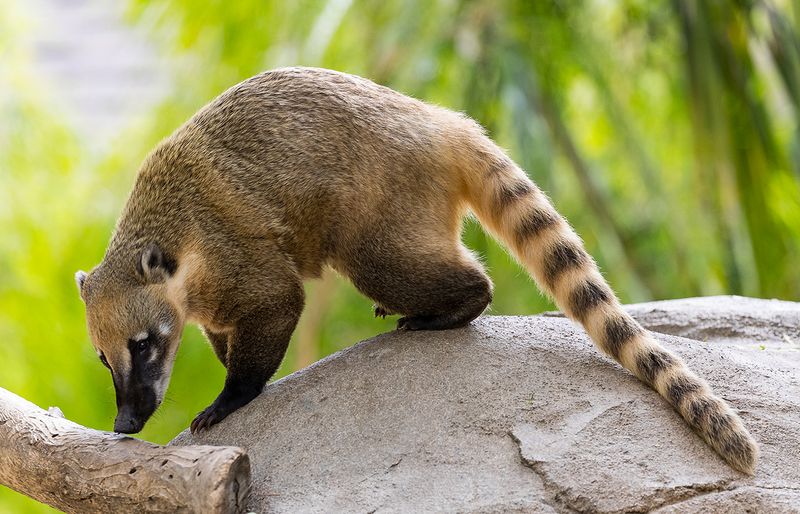
Coatis are curious creatures, often likened to raccoons with elongated snouts and long, ringed tails. Found in the southwestern woodlands and canyons, they are social animals, usually seen in groups called bands.
These omnivores feed on insects, fruits, and small vertebrates. Their agility allows them to climb trees with ease, hunting for food or escaping predators. Observing coatis in their natural environment offers insight into their playful and resourceful nature, making them an endearing part of the Southwest’s wildlife tapestry.
Javelina
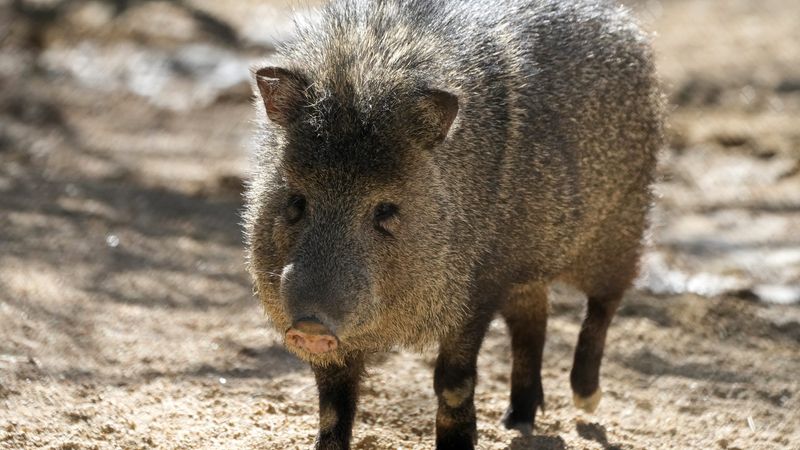
Javelinas, or collared peccaries, are often mistaken for wild pigs but belong to a different family. These stout, bristly creatures roam the deserts and brushlands in herds. They communicate with grunts and squeals, showcasing their social nature.
Javelinas primarily feed on prickly pear cacti, roots, and fruits, using their tough snouts to dig. While they may appear formidable, they generally avoid human contact. Spotting a herd of javelinas is a unique experience, highlighting the complex social structures present within desert dwellers.
Cactus Wren
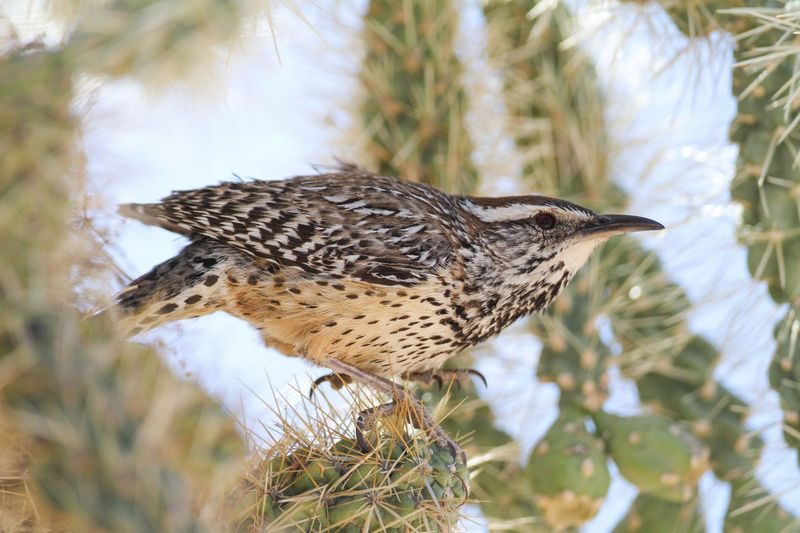
The cactus wren, the largest wren in the United States, is a quintessential symbol of the desert Southwest. Known for its loud, harsh calls, it builds its nests in thorny cacti, providing protection from predators.
These birds are highly adaptable, feeding on insects and occasionally fruits. Their speckled brown and white plumage blends well with the desert backdrop. Watching a cactus wren flit among the cacti reveals its resourceful nature, embodying the spirit of survival amidst the harsh desert conditions.
Black-Tailed Jackrabbit
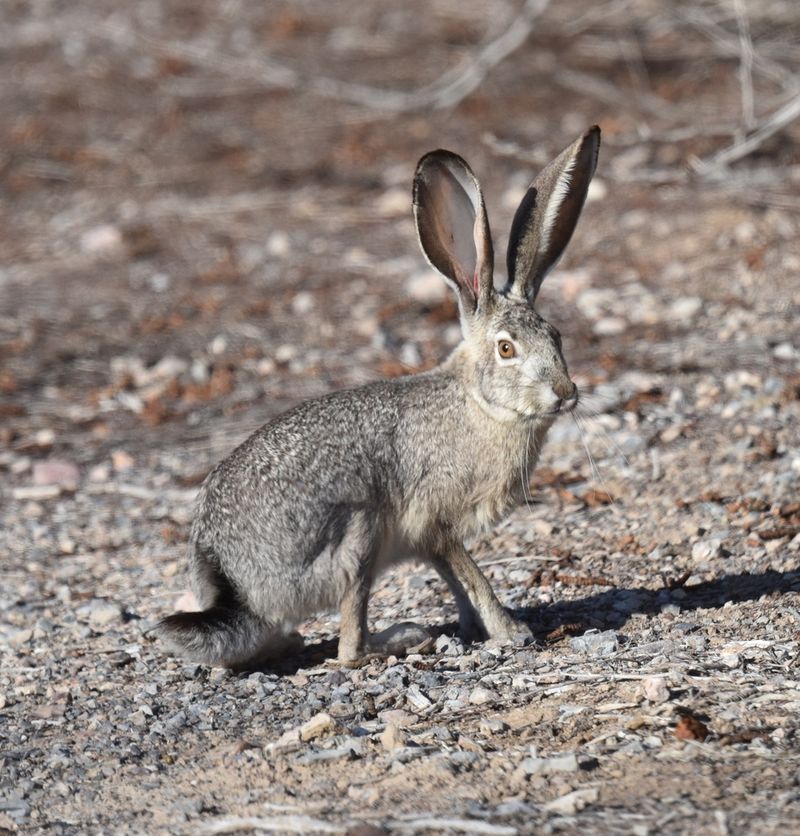
The black-tailed jackrabbit is a familiar sight in the arid landscapes of the Southwest. Known for its large ears, which help regulate body temperature, this hare can be seen hopping across open fields and desert plains.
Their diet consists of grass, herbs, and shrubs, showcasing their adaptability to sparse resources. Despite being a prey species, their speed and agility help them evade predators like coyotes and hawks. Observing a jackrabbit’s swift movements and keen awareness offers a glimpse into the survival strategies of desert inhabitants.
Arizona Bark Scorpion
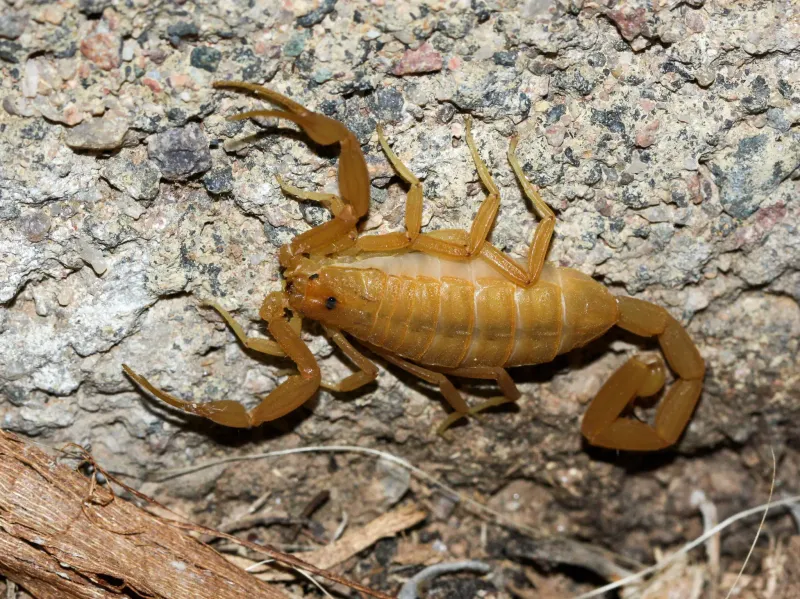
The Arizona bark scorpion, notorious for its venomous sting, is a master of camouflage among the rocky crevices of the Southwest. This nocturnal arachnid hunts at night, preying on insects and spiders.
Despite its fearsome reputation, scorpion stings are rarely fatal and can be treated effectively. Their translucent bodies and glow under ultraviolet light make them a fascinating subject of study. Encountering an Arizona bark scorpion is a reminder of the delicate balance of life and danger in desert ecosystems.
Harris’s Hawk
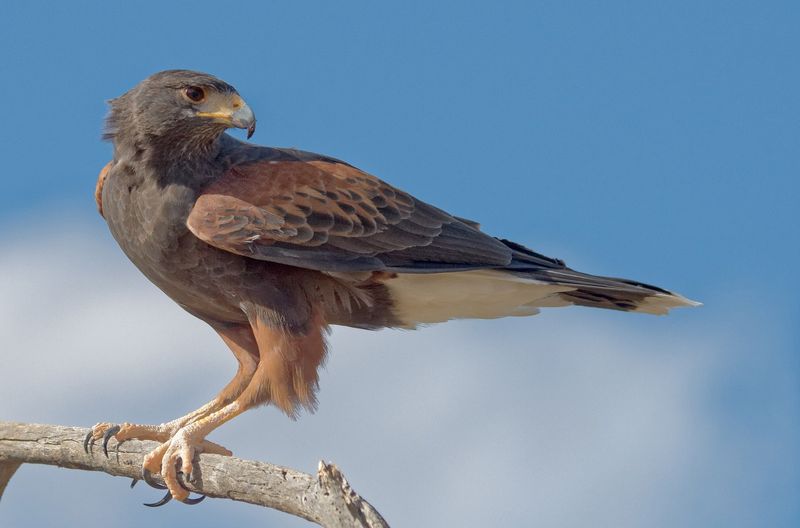
Harris’s hawk is unique for its social hunting tactics, often seen in groups working together to catch prey. This bird of prey is a common sight in the desert skies of the Southwest.
With striking dark plumage and a distinctive reddish-brown shoulder patch, they are easily recognizable. Their cooperative hunting strategy allows them to tackle larger prey than most solitary raptors. Watching Harris’s hawks in action is an impressive spectacle, showcasing the power of teamwork in the animal kingdom.
Pronghorn
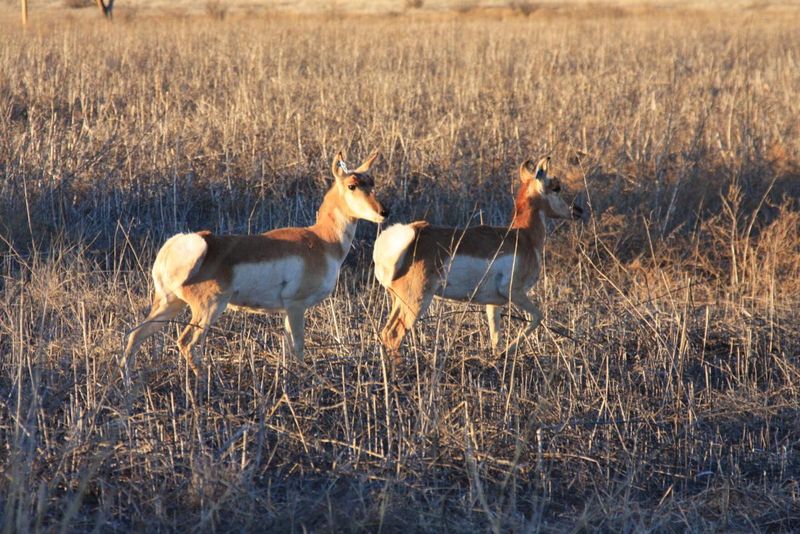
Pronghorns, often mistaken for antelopes, are the fastest land mammals in North America. Their sleek bodies and long legs allow them to reach speeds of up to 55 mph, crucial for escaping predators.
Found in open plains and grasslands, pronghorns are a symbol of the wide-open spaces of the American Southwest. They graze on grasses and shrubs, using their keen eyesight to stay alert. Observing a pronghorn’s speed and grace is a breathtaking experience, highlighting the evolutionary adaptations of these remarkable creatures.
Elf Owl

The elf owl, the smallest owl species in the world, inhabits the deserts of the Southwest. With a height of just five inches, these tiny birds nest in abandoned woodpecker holes in cacti.
Despite their size, elf owls are effective hunters, preying on insects and small rodents. Their nocturnal lifestyle and distinctive calls add to the mystery of desert nights. Spotting an elf owl requires patience and keen observation, offering a rewarding glimpse into the lives of these diminutive predators.
Kangaroo Rat
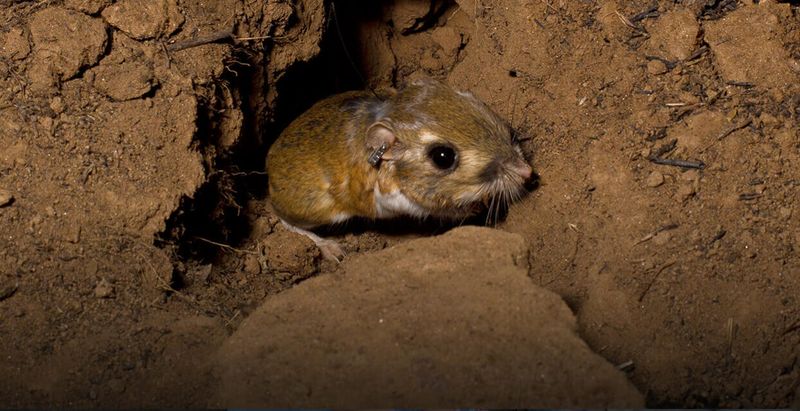
Kangaroo rats, named for their hopping locomotion, are well-suited to the arid environments of the Southwest. These small rodents rarely drink water, obtaining moisture from the seeds they consume.
Their large hind legs and long tails aid in balance and agility, allowing quick escapes from predators. Burrowing into the sand helps them regulate body temperature and avoid daytime heat. Observing a kangaroo rat’s behavior offers insight into the ingenious survival strategies of desert dwellers.
Western Diamondback Rattlesnake
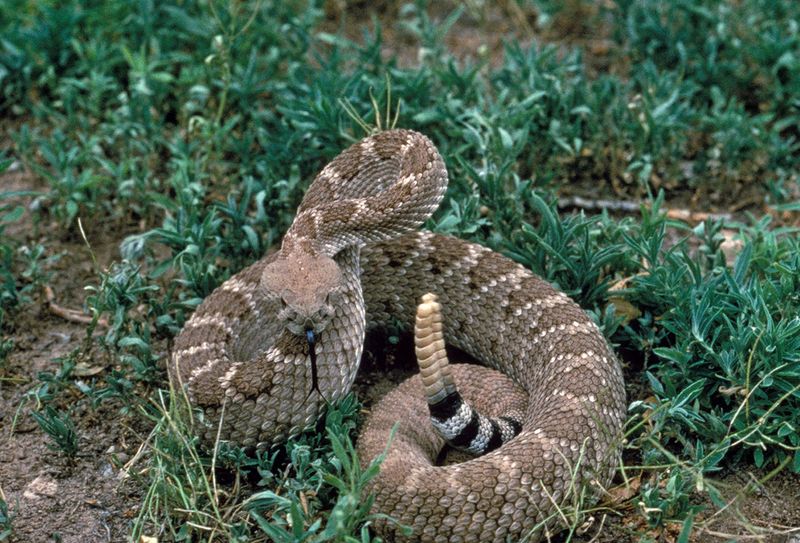
The western diamondback rattlesnake is both feared and respected in the Southwest. Its distinctive rattle serves as a warning to potential threats. This snake relies on camouflage and patience, waiting to ambush prey such as rodents and birds.
Their venomous bite is used primarily for hunting, but it can be dangerous to humans if provoked. Despite their fearsome reputation, rattlesnakes play a crucial role in controlling rodent populations. Observing one in the wild is a thrilling reminder of the untamed beauty of desert life.
Desert Cottontail
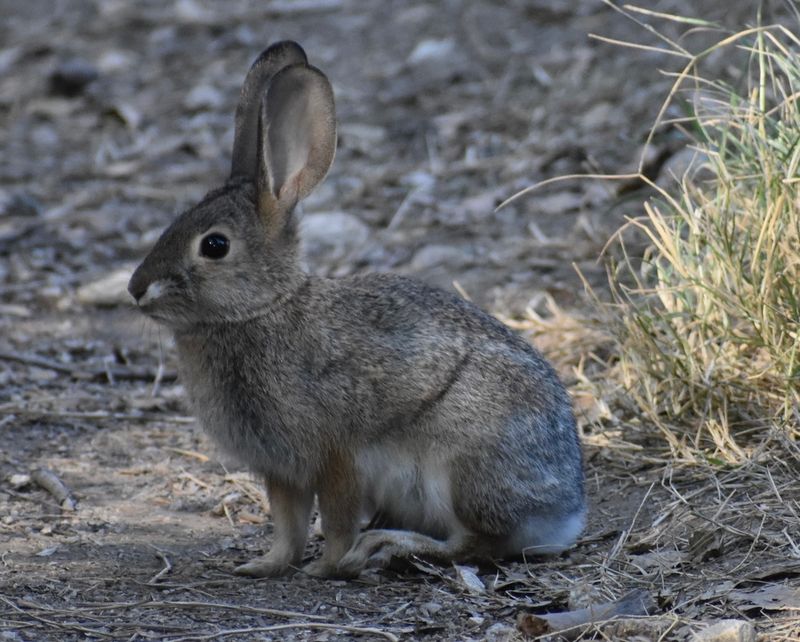
The desert cottontail is a common sight in the Southwestern landscape. This rabbit species is known for its distinctive white tail, which it uses to signal danger to others. They thrive in scrublands, feeding on grasses and plants.
Their ability to reproduce quickly helps maintain populations despite predation. Watching a cottontail hop through the desert underbrush is a charming experience, showcasing the resilience of these small mammals. Their presence adds a touch of gentleness to the harsh desert environment.
American Kestrel
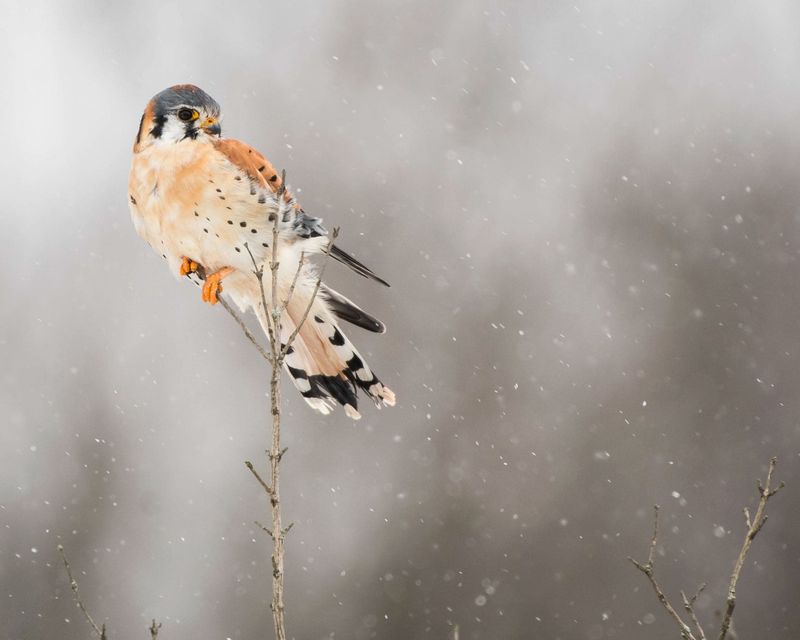
The American kestrel, North America’s smallest falcon, is a skilled hunter of the open skies. With striking plumage and sharp eyesight, it preys on insects, small mammals, and birds.
Often seen perched on wires or hovering over fields, kestrels are a testament to the adaptability of raptors in varied habitats. Their agile flight and keen hunting techniques make them fascinating subjects for bird watchers and nature enthusiasts alike, embodying the wild spirit of the Southwest.
Gambel’s Quail
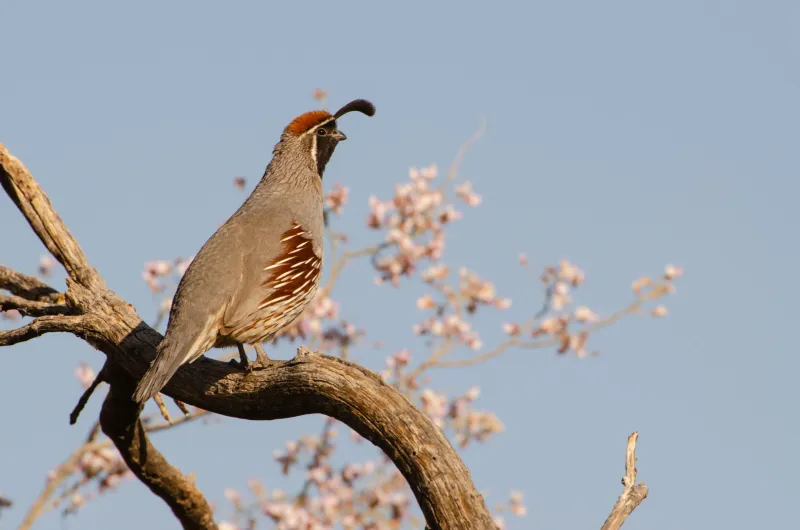
Gambel’s quail, with their unique plume-topped heads, are a beloved sight in the Southwest. These ground-dwelling birds move in coveys, searching for seeds and insects amidst the desert scrub.
Their distinct calls echo through the arid landscapes, adding life to the quiet desert mornings. Watching a family of quail scuttle across the sand is a delightful experience, highlighting the communal nature and adaptability of these charming birds.
Bobcat
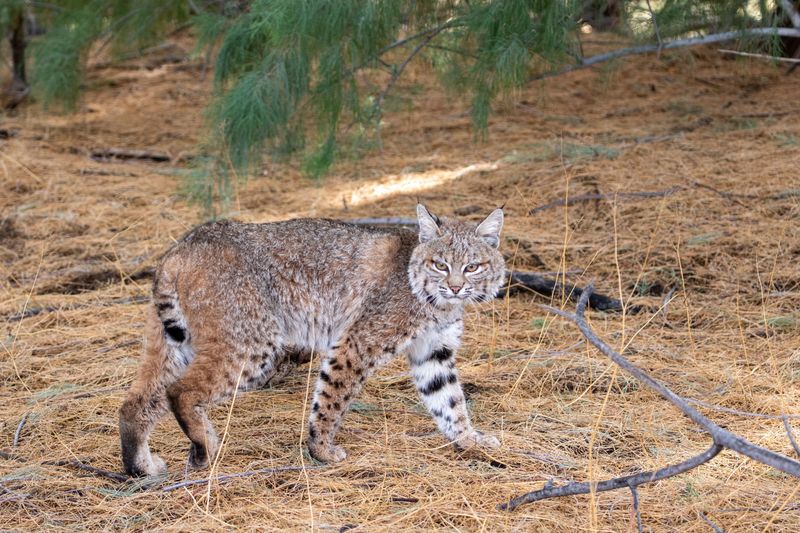
The elusive bobcat thrives in the varied landscapes of the Southwest. With keen senses and a solitary nature, it hunts small mammals and birds. Bobcats are recognized by their tufted ears, spotted coat, and short tail.
These adaptable predators are rarely seen, often blending into their surroundings. Observing a bobcat in the wild is a rare and thrilling experience, offering a glimpse into the life of one of the desert’s most skilled hunters.
Ringtail
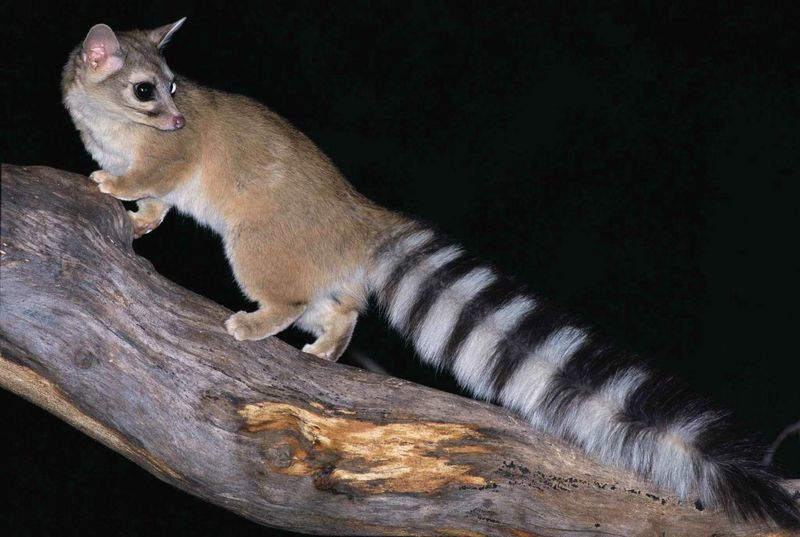
The ringtail, Arizona’s state mammal, is a nocturnal creature known for its agility and striking appearance. Its long, striped tail aids in balance as it navigates rocky cliffs and canyons.
Ringtails feed on fruit, insects, and small animals, showcasing their omnivorous diet. Despite their common name, they are closely related to raccoons. Spotting a ringtail in the wild offers a unique opportunity to witness the resourcefulness and charm of these secretive desert inhabitants.
Bighorn Sheep
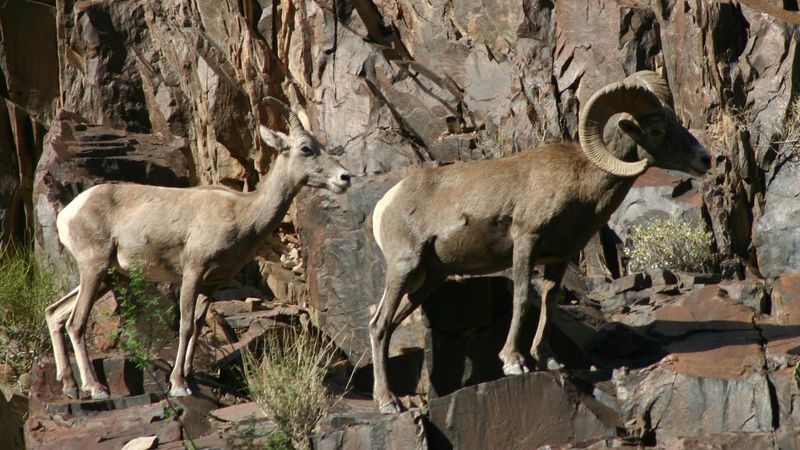
Bighorn sheep are iconic symbols of the rugged wilderness in the Southwest. Their impressive curved horns and sure-footedness allow them to navigate steep, rocky terrain with ease.
These herbivores graze on grasses and shrubs, often in mountainous areas. Observing a herd of bighorn sheep is a captivating experience, showcasing their strength and adaptability. Their presence is a reminder of the untamed wilderness and the resilience of life in harsh environments.
Coyote
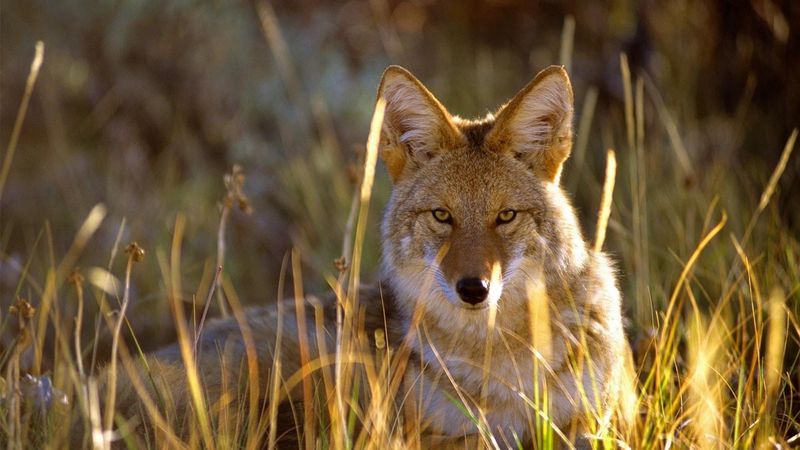
The coyote, a versatile and intelligent predator, is a familiar sight across the American Southwest. Known for their varied diet, coyotes hunt small mammals, birds, and reptiles, often scavenging for food.
Their howls and calls are a haunting yet beautiful sound echoing through the desert night. Coyotes embody the spirit of adaptability and survival, thriving in diverse habitats. Observing them in their natural environment offers insight into the complex dynamics of desert ecosystems.

